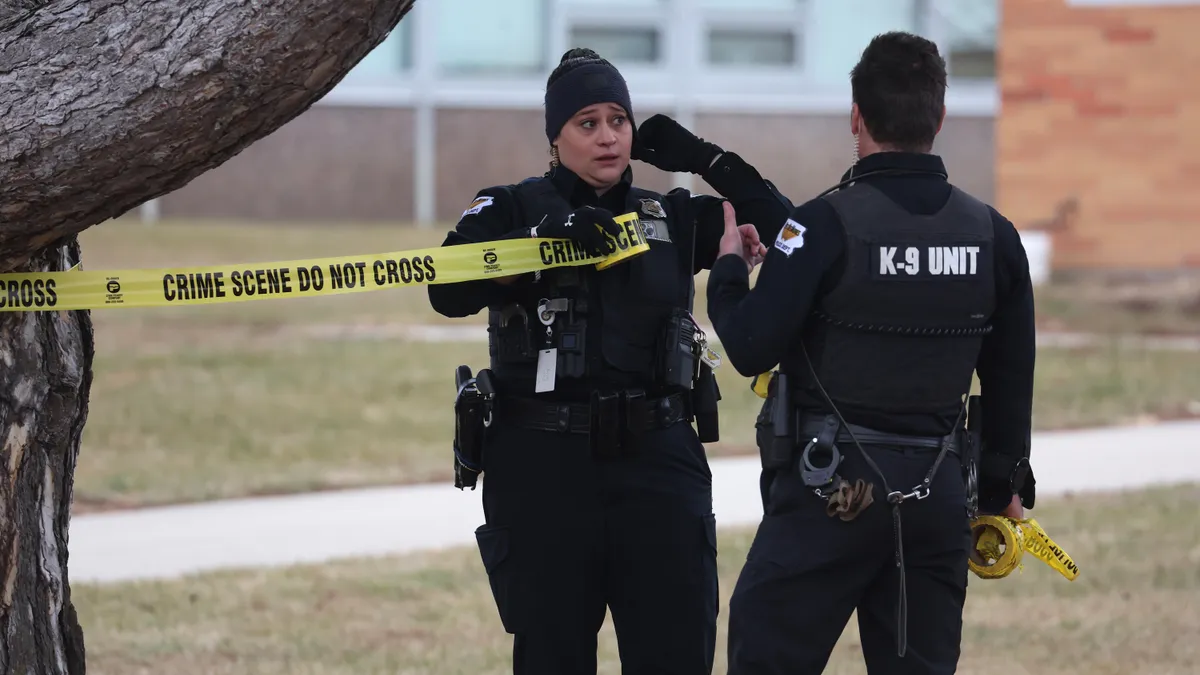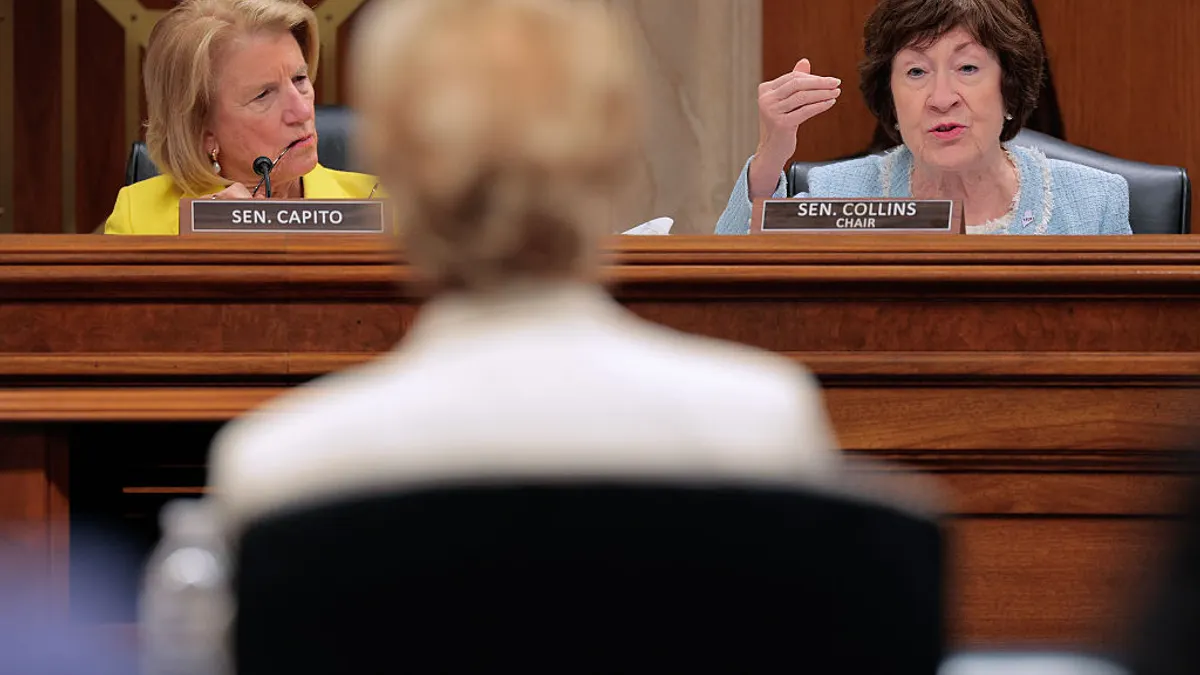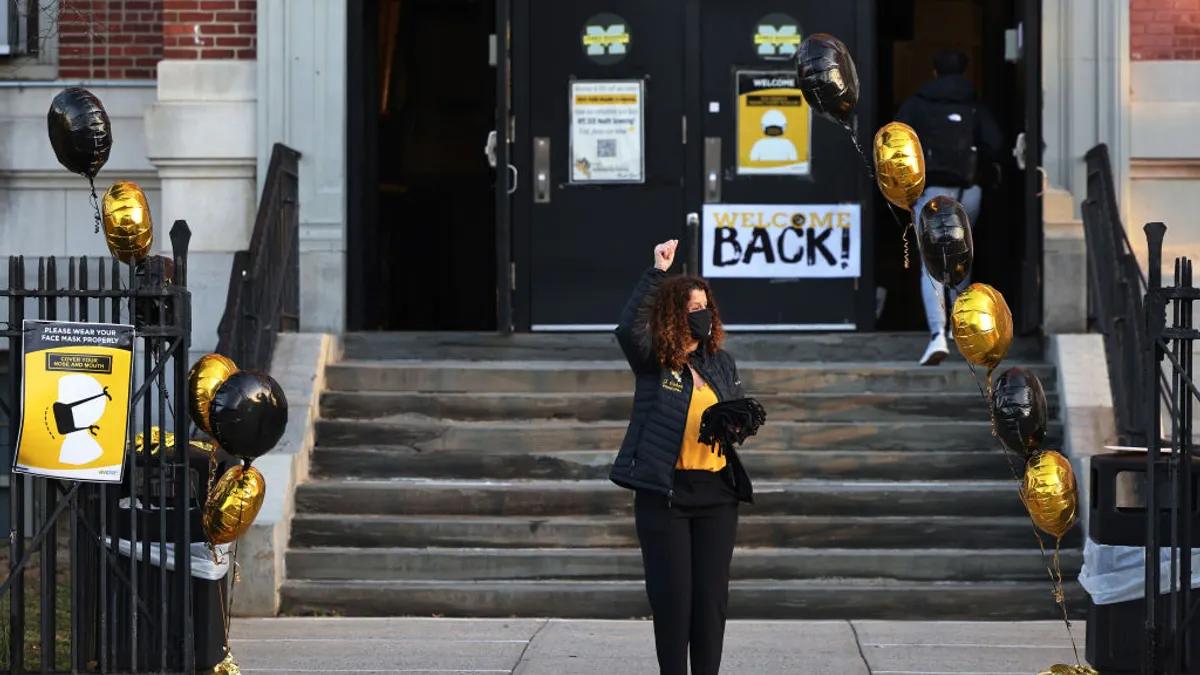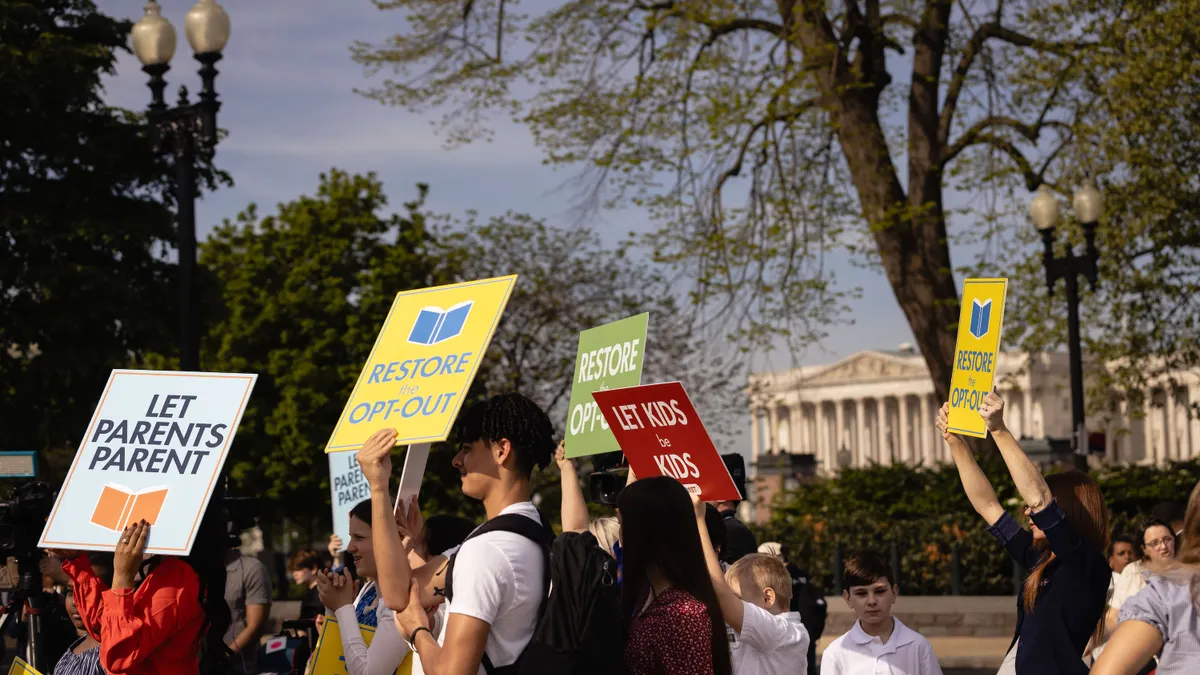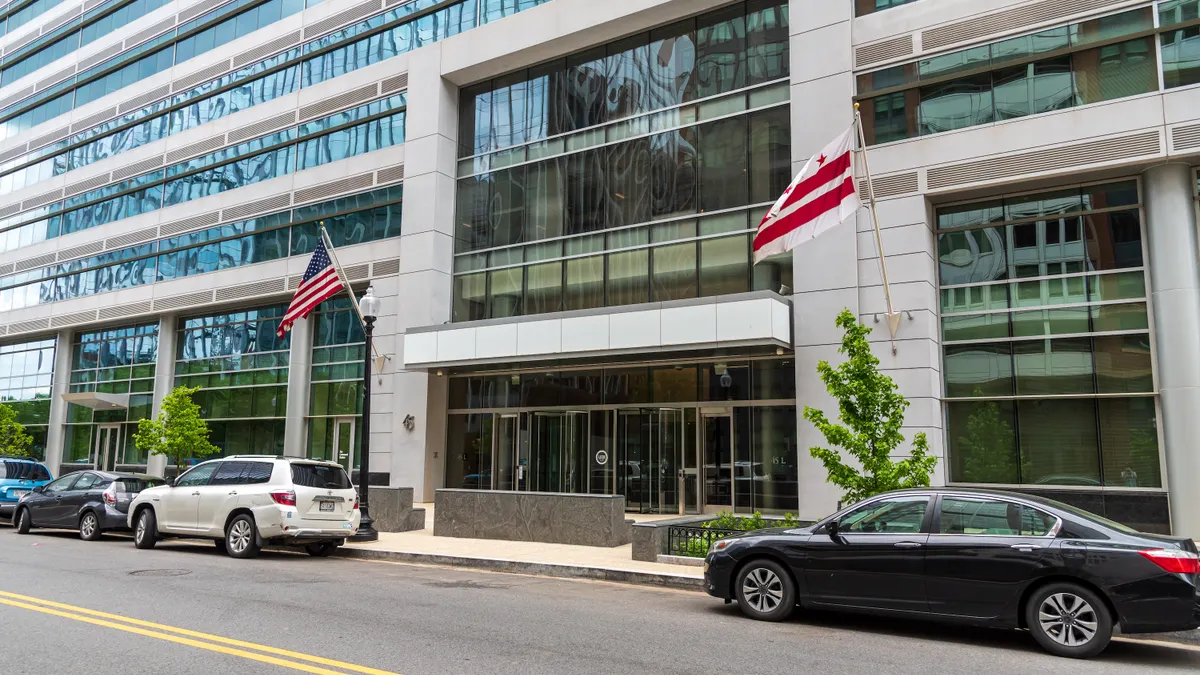It's a common refrain in the wake of school violence: Why would anyone do something like this? But a substantial and growing body of research continues to find strong correlations between school shooters and bullying.
Most attackers who target K-12 schools were bullied — sometimes persistently, according to a 2019 report by the U.S. Secret Service National Threat Assessment Center that analyzed 41 incidents of school violence at K-12 schools between 2008 and 2017.
While that analysis only looked at behavioral histories for 35 of the 41 attackers, 80% of those 35 were bullied by classmates, and 57% faced bullying that lasted for weeks, months or years.
There’s also a 49% higher chance that adolescents will carry guns if they were bullied on school property within the previous year compared to peers who weren't bullied, according to a 2022 study published in the journal Cureus.
Anecdotal evidence of bullying is emerging from last week’s tragic shooting at Perry High School in Iowa — in which a 6th-grader was killed and four other students and three staff members were wounded. In an interview with The Associated Press, two classmates said the 17-year-old shooter who died on the scene from a self-inflicted gunshot wound was “bullied relentlessly since elementary school.”
It’s important to note that no specific personality profile or traits can be linked to a person who has committed a violent act like a school shooting, said Stephanie Fredrick, associate director of the Alberti Center for Bullying Abuse Prevention at the University at Buffalo. Most students who are bullied do not respond by committing mass violence, she added.
“That being said, yes, many students who have engaged in school shootings or other violent behavior — they do have a history of experiencing bullying,” Fredrick said, citing the 2019 Secret Service center's findings. “Certainly, schools should have a strong dedication to bullying prevention, and I do think that would certainly help to prevent some instances of school shootings.”
As school and district leaders consider how to embrace bullying prevention more, K-12 Dive spoke with bullying prevention and child psychology experts who shared three approaches to consider.
Set explicit expectations
According to data updated in September by the Centers for Disease Control and Prevention, about 1 in 5 high school students reported being bullied on school property. More than 1 in 6 high school students reported being bullied online in the last year. Nearly 14% of public schools reported that bullying is a discipline problem occurring daily or at least once a week.
Peter Faustino, a school psychologist in New York who has been practicing for about 25 years, said that the complex issue of bullying has unfortunately been a challenge in schools for a long time.
But fortunately, he said, awareness and prevention strategies have grown in the past two decades. Faustino, who is also a board member of the New York Association of School Psychologists, advises educators to be observant and responsive.
For example, if a teacher sees unkind behavior, it's not enough to discourage those actions or words. Instead, he recommends that they talk to the students involved and describe what they've seen rather than jump to accusations.
"Just the fact that you take an extra second to intervene or ask a question, I think, sometimes can be sort of an agent of change in this whole bullying cycle," he said.
Teachers should trust their instincts that something may be amiss with students and continue to share their concerns with administrators until the issue is addressed, he said.
Another important approach schools should take is to be explicit about what is and isn't acceptable behavior. Those points can be included in a school's code of conduct or handbook — but they also need to be reviewed periodically with students, Faustino said.
"Sometimes, just really outlining what the expectations are can be incredibly powerful," he said.
Implement bystander education
Faustino also said it's important for school communities to note that bullying isn't only about two students — the person who bullies and the target of bullying — but encompasses a broader circle that includes supporters and defenders of those involved, bystanders and others.
"Everybody in school, at some level, plays a role. And everybody at some level could potentially intervene to kind of mitigate some of the challenges between bullying and victimization," he said.
A schoolwide bullying prevention program should also include a bystander component, Fredrick said. This includes teaching students what to do if they’re involved in or witness a bullying situation.
“There’s just so much that adults don’t know about what’s happening in the school. Students are often not telling adults what’s happening, but peers know,” Fredrick said. “That bystander component is key to preventing bullying, including bullying that might lead to these more violent instances including school shootings.”
But Fredrick also recognizes that bullying prevention can be difficult to implement as schools are often under-resourced and “putting out fires all day long.” Even so, prevention is a crucial part of addressing bullying in schools, she said, and schools should try to consistently implement a program over time instead of using a one-off occasion such as a schoolwide assembly without any follow-up.
Other crucial components in bullying prevention programs include teaching social-emotional learning skills, empathy, problem-solving skills and internet safety, Fredrick said. There should also be anonymous reporting mechanisms for students to flag problematic behavior, she added.
Endorse inclusive practices
Like Faustino, Jessica Dirsmith, a school psychologist for Arin Intermediate Unit 28, which serves 11 districts and two technical schools in Pennsylvania, advises schools to take time to explicitly teach about their core values and expected behaviors.
Schools need to be proactive about endorsing inclusive practices and normalizing differences, said Dirsmith, who will be the 2024-25 president-elect of the Association of School Psychologists of Pennsylvania.
Educators should be aware that students who are perceived to be different from other children, such as having a physical difference, could make them more susceptible to bullying, she said. Additional mental well-being screeners and supports may be needed for those students.
Dirsmith also advocates for schools to use person-first language. For example, she recommends using "individual engaging in bullying behavior" rather than "bully" and "individual victimized by bullying behavior" rather than "victim." The purpose of this is to focus on the behavior and not a lifelong personal characteristic.
"With the right supports, a lot of people, most people, can act differently or can change," Dirsmith said.




